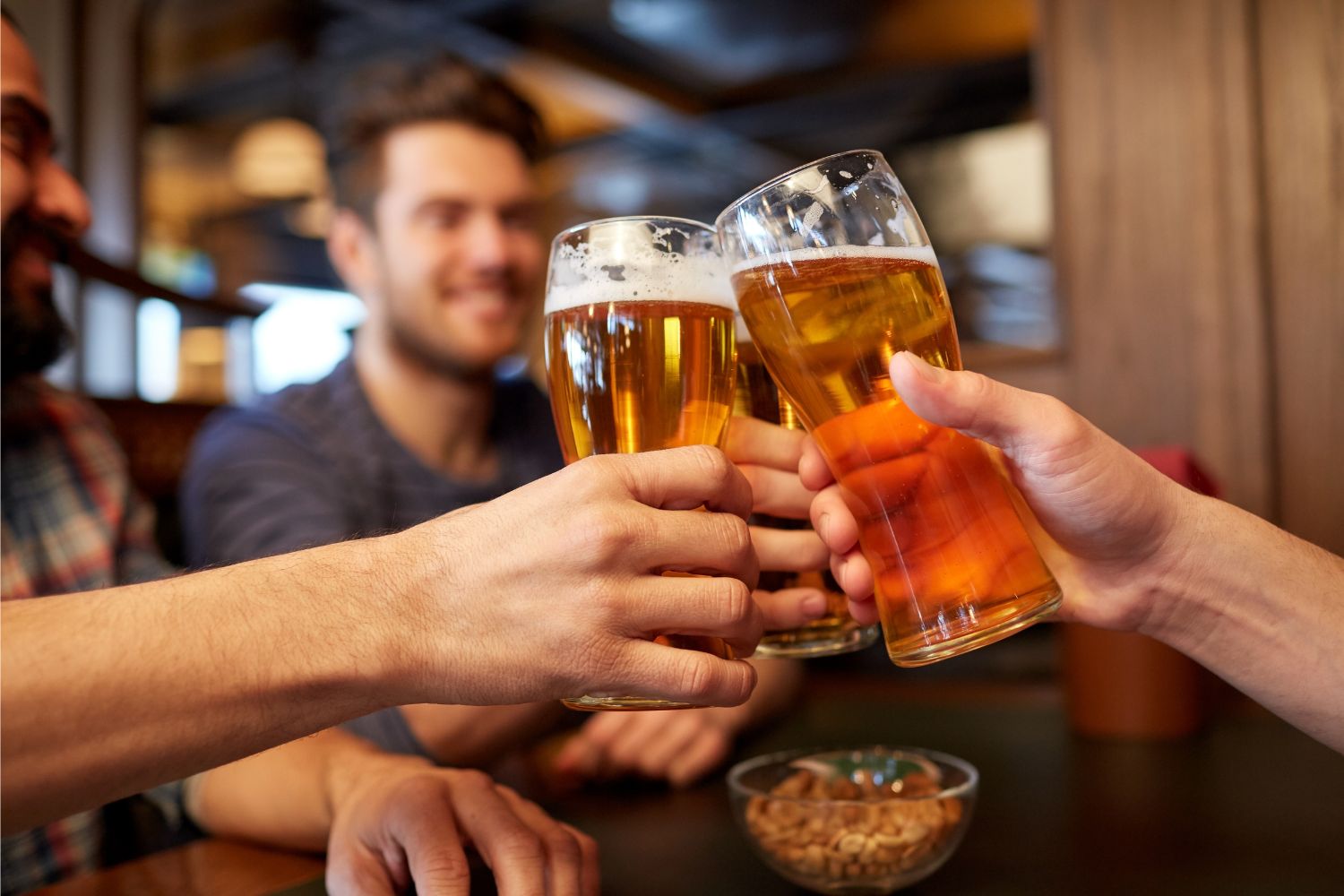June and July have become two of the most popular months for no- and low-alcohol beer sales, new British Beer and Pub Association (BBPA) figures show.

Alcohol-free beer has come on in leaps and bounds in recent years. What’s your favourite?
In 2024, the equivalent of 27 million pints of no and low beer were sold, up from 23m in the same period in 2023, and 20m in 2022. This equates to a 35% rise in just two years.
This summer is predicted to be a record, with June and July sales of no and low beer estimated to increase by 20% to the equivalent of 33m pints.
The BBPA says the boom has been made possible by the sector adapting to trends and producing more no and low options than ever before, which helps public health goals.
Despite this, the BBPA feels that the current UK definition of low-alcohol beer is severely limited by the UK’s restrictive definition.
Currently, an ‘alcohol-free’ beer must be below 0.05% ABV, which limits what British brewers can make. This is in contrast to many other countries, who define alcohol-free at a marginally higher 0.5% ABV.
If government matches the thresholds, UK brewers will be able to invest in more no and low beers, which will give consumers extra options if they wish to moderate and boost economic growth.
Progressive approach
“Few things beat a crisp pint in a sunny pub garden and, as ever, the sector has been working hard to make sure there’s a choice for everyone,” said Emma McClarkin, chief executive of the BBPA.
“No and low popularity is booming, and brewers and pubs have responded to this by creating and serving up great new options which help people choose moderation, if they wish.
“Government has heard our calls and taken a progressive approach by consulting on no-alcohol alcohol descriptions. Changing the no-alcohol definition to 0.5% will open the door to greater investment, means we are on par with international markets, and more options for people who choose to moderate — everyone wins.”





